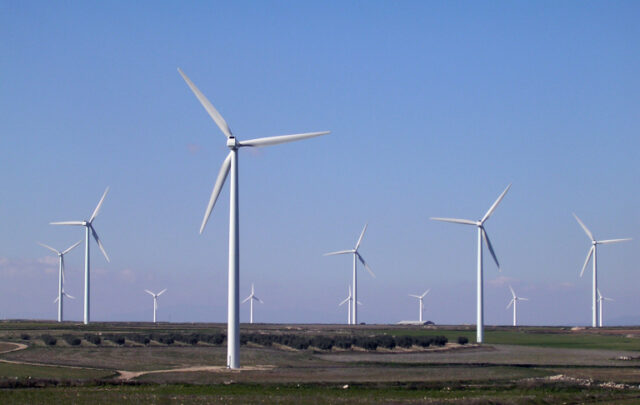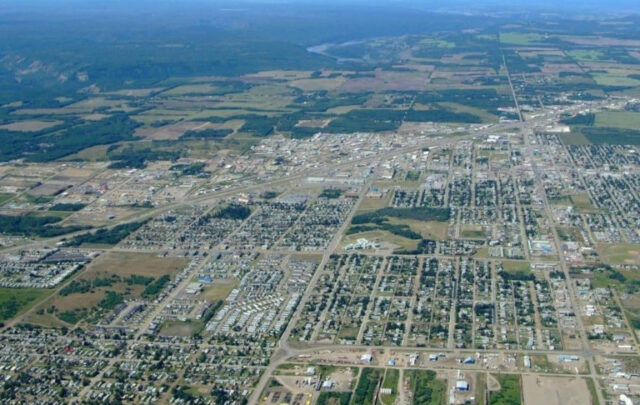Click on the headline (link) for the full text.
Many more articles are available through the Energy Bulletin homepage.
Yergin cut his projected rate of increase in total liquids “Capacity” by 70%
Jeffrey J. Brown, Energy Bulletin
Daniel Yergin cut his predicted rate of increase in total liquids “Capacity” by 70%, from 3%/year in a 2005 Washington Post column to 0.9%/year in his 2011 WSJ essay.
Regarding Yergin’s two predictions:
A 20% increase in six years would be a 3.0%/year rate of increase (2005 prediction).
A 20% increase in 20 years would be a 0.9%/year rate of increase (2011 prediction).
Yergin cut his predicted rate of increase in “Capacity” by 70%, presumably because global crude oil production (EIA) and global total petroleum liquids (BP) effectively stopped growing in 2005. Only if we include biofuels have we seen a material, but small, increase in total liquids production in 2010, versus 2005.
When you take out increasing volumes of biofuels and NGL’s, it seems to me that Yergin is now, in effect, forecasting a zero rate of increase in crude oil production, and it may be close to a zero rate of increase in total petroleum liquids (crude + condensate + NGL’s).
Incidentally, assuming a continuing increase in consumption in oil exporting countries, a flat forecast for crude oil production effectively means a forecast for declining Global Net Exports (GNE), and assuming increasing Chindia net imports, in effect Yergin is forecasting an accelerating rate of decline in Available Net Exports of petroleum liquids, which I define as GNE less Chindia’s net imports (although I doubt that he realizes it).
If we can’t call Yergin for soothing Cornucopian reassurances, who you gonna call?
(5 October 2011)
I’m trying to convince Jeffrey Brown to expand his remarks, so we can reach a wider audience. Hopefully Daniel Yergin will get under Jeffrey’s skin enough to motivate him to take the plunge.
-BA
What is ‘peak oil,’ anyway?
Brad Plumer, Washington Post
The debate over peak oil can get fairly slippery at times. Geologists will point out the (obvious, banal) truth that there’s a finite amount of oil out there beneath the rocks and, at some point, we have to hit maximum production. Economists and other peak-oil skeptics, for their part, will say that markets can always adjust. If current supplies dwindle and oil gets pricier, then companies will find it profitable to drill for harder-to-extract oil in the Arctic and Canada’s tar sands and elsewhere. No big deal.
Another way of looking at matters, though, comes from petroleum economist Chris Skrebrowski, who argues that peak oil is best defined as the point at which “the cost of incremental supply exceeds the price economies can pay without destroying growth.” In other words, eventually the world will max out on production of the cheap, easy oil — the stuff it gets from Saudi Arabia and other OPEC countries. At that point, as long as the world’s demand for crude keeps growing, prices will rise and we’ll have to resort to more expensive oil in the Arctic and tar sands and elswhere. And those high oil prices will cripple the global economy. On this view, then, “peak oil” just means the point at which oil acts as a hard ceiling on growth.
… However you want to define peak oil, it looks like that’s something we’ll have to prepare for.
Brad Plumer is a reporter at the Washington Post writing about domestic policy, particularly energy and environmental issues.
(6 October 2011)
An intelligent, readable piece on peak oil in the mainstream press. Promote that reporter!
-BA
Oil’s Most Accurate See No Reverse of Worst Run Since 2008: Energy Markets
Grant Smith, Bloomberg
Brent oil will struggle to recover from its longest slump since the 2008 financial crisis as a weakening global economy cuts growth in demand to the lowest level for any fourth quarter in the past three years.
Brent crude will trade an average 2 percent higher than Oct. 5’s opening price of $101.81 a barrel during the final three months of the year, according to the mean prediction of 10 analysts whose third-quarter projections were the most accurate of 31 compiled by Bloomberg. Futures lost 8.6 percent in the third quarter, extending a 4.2 percent drop in the second.
Oil is falling as Saudi Arabia, the world’s biggest exporter, pumps crude at near-record levels and Libya revives production just as the economic slowdown shows signs of sapping demand. Consumption, which typically climbs toward the end of the year as the northern hemisphere’s winter approaches, will rise 4 percent this quarter, about half the levels of 2009 and 2010, according to the International Energy Agency.
(5 October 2011)
Al-Naimi Says World Oil Market Is Not Oversupplied as Demand Fluctuating
Wael Mahdi, Bloomberg
Saudi Arabian Oil Minister Ali Al- Naimi said there’s no excess supply in world oil markets and that the kingdom has been adjusting output to match fluctuating demand over recent months.
… The country, OPEC’s biggest producer, will keep pumping at current rates even if Libyan output returns to the market this year, as long as customers are in need of the oil, the minister said. The Organization of Petroleum Exporting Countries meets next on Dec. 14 in Vienna to decide whether it needs to alter production targets.
(8 October 2011)
Post oil: Glimpses of life after fossil fuel
Jina Moore, Christian Science Monitor
… With today’s volatility at the local pump, contentious debates about “peak oil,” and soaring global interest in biofuels, imagining how the world looks without oil isn’t just a fanciful distraction. There’s lively debate about how far away a post-oil world is – earliest estimates are around 2030, while many analysts say that, as technology changes to accommodate fluctuations in the oil supply, we’ll never technically see an end to oil. But advisory bodies such as the International Energy Agency and the US National Intelligence Council expect oil demand to spike, and supply to dwindle, over the next 15 years – which makes imagining a post-oil future an urgent task of the present.
There’s no doubt that the world will look different – and not just a little bit different, suggests Dennis Bushnell, chief scientist at the NASA Langley Research Center in Virginia.
“After oil, we’ll be in the virtual age,” he says. Machines will take many more of our jobs. The ones we keep, we’ll do by telecommuting. We’ll still teleshop, but we’ll probably buy less. “Physical universities will be a wasteland” by 2040, he predicts, as most degrees will be earned online. We’ll even visit the doctor – and the Bahamas – virtually. “You [will] smell and feel the breeze, the sand, [and] the sun. You can do this at any time you want, anywhere you want, with anyone you want. Be anyone you want, and do anything you want,” he says. “Machines are creating the world…. We’re living virtually. This is the world 30 years out.”
If these wild scenarios aren’t far off, the circumstances they have in common – the absence of oil – is further out. Today’s public is convinced it will never see an oil-free world. Less than one-quarter of Americans believe oil will run out in their lifetime, according to a September Christian Science Monitor/TIPP poll. Young adults are slightly more concerned: Thirty-eight percent of respondents ages 18 to 24 said it was “likely” they would see the end of oil.
Even oil industry experts acknowledge that having a stable supply of oil doesn’t mean we must – or should – rely on it. A post-oil world may not be an inevitability to which we must react, but it may be a world we choose to create.
(7 October 2011)





